
Data detailing antibiotic choice and duration derived from electronic health records improved appropriate therapy use for community-acquired pneumonia.

Data detailing antibiotic choice and duration derived from electronic health records improved appropriate therapy use for community-acquired pneumonia.
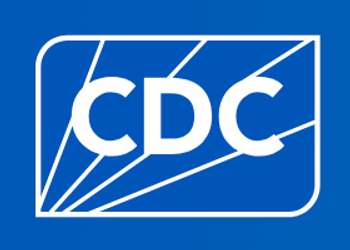
The largest blastomycosis outbreak linked to a paper mill in Michigan and a 56% increase in tularemia cases over the past decade.
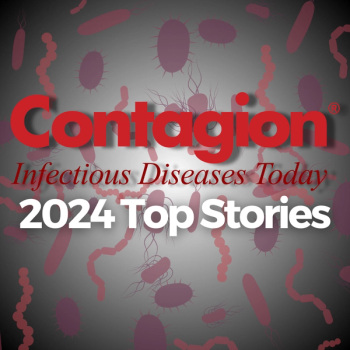
As 2024 winds down, we're looking back on some of the stories that caught readers' eyes on Contagion related to the variety of hepatitis virus infections.

Exploring the challenges and strategies for combating MDR Pseudomonas aeruginosa infections, as discussed with Jason Pogue, PharmD, BCPS, BCIDP

From foodborne illness outbreaks to waterborne diseases and beyond, this year saw developments in the gastrointestinal infection space.

Emerging data reveal surprising patterns in maternal–fetal outcomes linked to avian influenza virus infection.

This week, concerns over mutated avian flu in a Louisiana patient, the potential of ibuzatrelvir for COVID-19 treatment, a comparison of ceftolozane-tazobactam and ceftazidime-avibactam for pneumonia treatment, and more.
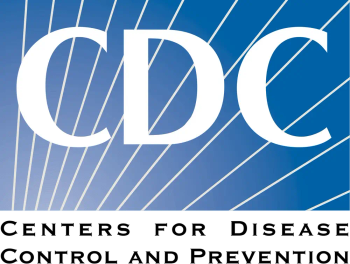
Sequencing shows differing virus in the hospitalized patient in Louisiana, which the federal agency says is concerning.

Here are some of the bigger stories on this topic from this year.

A lot of Systane Lubricant Eye Drops Ultra PF has been voluntarily recalled by the manufacturer.

As the year is ending, here are some of the bigger stories Contagion covered on this topic.

As 2024 winds to a close, take a look back on some of the biggest stories Contagion was following around respiratory infections.

Investigators at the University of Virginia are examining the potential link between the “sympathetic” nervous system and the role of the seriousness of the infection.

Lower CD4+ cell counts, HCV genotype 4, and recent injection drug use were linked to unsuccessful DAA treatment in people with HCV and HIV.

Charlotte Allerton explains how ibuzatrelvir, a second-generation treatment, could reduce drug interactions and taste disturbances compared to PAXLOVID, offering a simplified approach for high-risk patients.
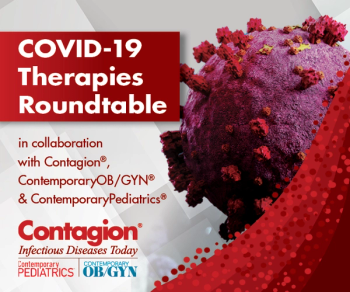
This week the panel weighs in on monoclonal antibodies in this patient population as well as important overall takeaways about COVID-19 therapies.

Jason M Pogue, PharmD, BCPS, BCIDP discussed ceftolozane tazobactam’s effectiveness over ceftazidime avibactam, particularly in pneumonia patients, where it reduced the likelihood of recurrent infections.
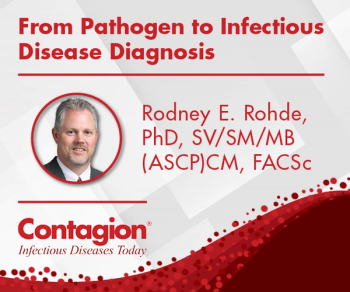
Jose Alexander, MD, ABMM, ABAIM, FCCM, CIC, ASCP, BCMAS, and his team discovered the klebsiella pneumoniae variant, KPC-31, in a patient by sequencing the entire genome through a series of different diagnostics, which not only led to identifying the strain, but to a greater understanding of its antimicrobial susceptibility.

A recent study examined mortality outcomes in hospitalized COVID-19 patients treated with remdesivir and dexamethasone vs dexamethasone alone, using data from the Omicron period.

6.4% of US adults experience Long COVID, with 19.8% reporting significant activity limitations, while the updated RECOVER study refines the classification index.

Randomized controlled trial rates PCR-based molecular testing over traditional culture-sensitivity in guiding treatment of complicated urinary tract infections.

This week, recent studies show progress in healthcare, including an mRNA vaccine for C difficile, the rise of antimicrobial resistance, peer-assisted telemedicine for hepatitis C in rural areas, and more.

During its 2 phase 3 clinical trials, the twice-yearly prophylaxis injection was found to be highly efficacious in preventing infection.
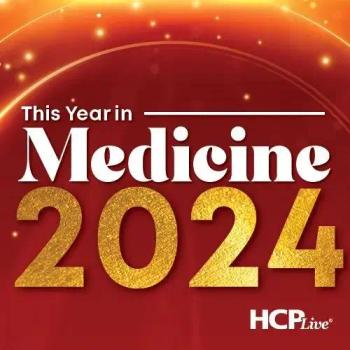
Resistance is expected to worsen significantly, but can a combination of both ground-level clinician stewardship actions as well as systemic reforms such as the Pasteur Act at least slow down the train?

Jason M Pogue, PharmD, BCPS, BCIDP discusses the findings, pharmacokinetics, why ceftolozane-tazobactam may be the preferred choice for resistant infections, and more.

In this week's episode, the panel weighs in on treatments not specifically indicated for COVID-19 treatment, including metformin, and concerns around using medications in this way.

Study shows this could reduce hepatitis C and injection-related infections, with each dollar invested saving $2 in treatment costs.

Governor Newsom declares support for state response as bird flu spreads across the US among dairy cows and humans, with California leading the nation in cases.

143 deaths and 592 cases confirmed in Kwango Province, with concerns about treatment access, drug resistance, and more.

Joseph Zackular, PhD highlights targeting high-risk groups for vaccination and shares insights into the future of mRNA vaccine development for C diff.